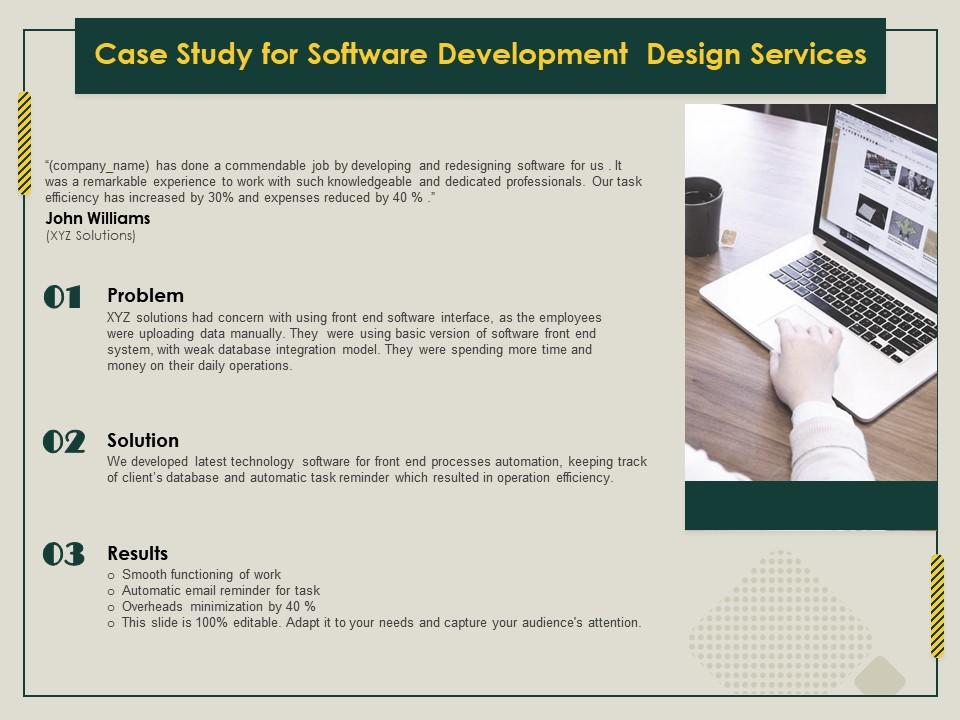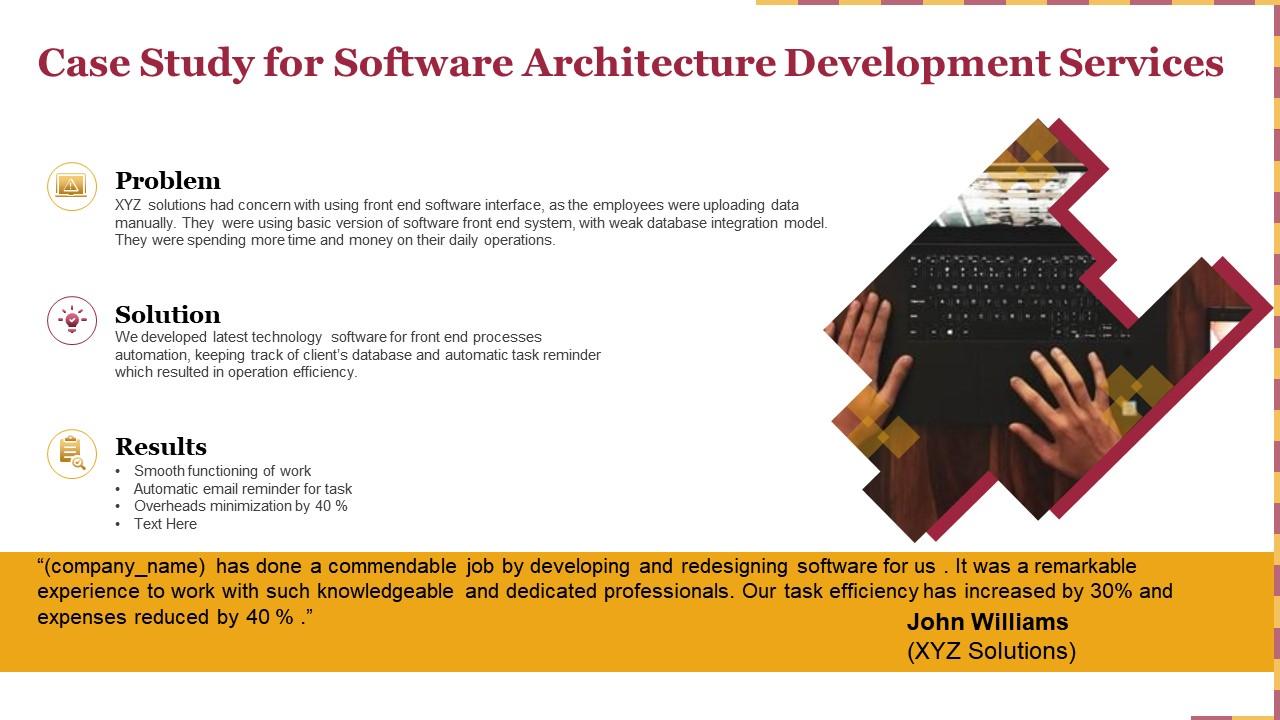From Bug to Breakthrough: Case Studies in Software Development – From Bug to Breakthrough: Case Studies in Software Development – sounds kinda boring, right? Wrong! This isn’t your grandpappy’s software lecture. We’re diving headfirst into the wild, wacky world of coding catastrophes and how they sometimes…
-magically*… turn into awesome features. Think unexpected wins, epic fails, and everything in between. Get ready for some seriously relatable stories from the trenches of software development.
We’ll explore real-world examples of bugs that went from major headaches to unexpected advantages, examining how developers wrestled with critical flaws and ultimately triumphed. We’ll also cover best practices for preventing those pesky bugs in the first place, the importance of teamwork, and the lessons learned from epic project meltdowns. Basically, it’s a crash course in turning software disasters into triumphant breakthroughs.
Introduction

This chapter delves into the fascinating world of software development, examining the journey from frustrating bugs to groundbreaking breakthroughs. We’ll explore how seemingly insignificant glitches can derail projects and how innovative solutions can transform the software landscape. Understanding the nuances of both bugs and breakthroughs is crucial for any developer aiming to build robust and impactful software.Software bugs are essentially defects or errors in a software program’s code that cause it to produce incorrect or unexpected results.
These can range from minor annoyances to catastrophic failures, impacting everything from user experience to system stability. Breakthroughs, conversely, represent significant advancements in software development that overcome major challenges, introduce novel functionalities, or dramatically improve efficiency or performance. They often involve creative problem-solving, innovative design, and a deep understanding of the underlying technologies.
Defining Software Bugs and Their Severity
A software bug is any unintended behavior in a software program. This can manifest as a crash, an incorrect calculation, a security vulnerability, or even a minor visual glitch. The severity of a bug is determined by its impact on the software’s functionality and the user experience. Minor bugs might only cause cosmetic issues, while critical bugs can render the entire system unusable.
Defining Software Breakthroughs and Their Impact
A software breakthrough represents a significant advancement in software development. This could involve the creation of a new programming language, the development of a novel algorithm that dramatically improves performance, or the implementation of a revolutionary user interface that fundamentally changes how users interact with software. Breakthroughs often have a profound impact on the industry, leading to increased efficiency, improved user experiences, and the creation of entirely new applications and possibilities.
For example, the development of the internet itself was a monumental software breakthrough, fundamentally altering communication and information access. Similarly, the development of cloud computing has revolutionized data storage and accessibility.
Categorizing Software Bugs by Type and Impact
The following table categorizes different types of software bugs based on their severity and impact.
| Bug Type | Severity | Impact on Functionality | Impact on User Experience |
|---|---|---|---|
| Syntax Error | Low | Prevents compilation or execution; localized impact | May not be noticeable to the user unless it prevents a specific feature from working. |
| Logic Error | Medium to High | Produces incorrect results or unexpected behavior; can affect a wider range of functionality | Can lead to frustration, inaccurate results, or data loss. |
| Memory Leak | High | Gradually consumes system resources, leading to slowdowns or crashes | System performance degrades over time, potentially leading to application unresponsiveness or system failure. |
| Security Vulnerability | Critical | Allows unauthorized access to data or system resources | Significant risk of data breaches, identity theft, or system compromise. |
| UI/UX Bug | Low to Medium | Affects the visual presentation or user interaction | Can cause confusion, frustration, or difficulty in using the software. |
Case Study 2: Overcoming a Critical Flaw: From Bug To Breakthrough: Case Studies In Software Development

This case study examines a project where a seemingly minor oversight in the initial design led to a major performance bottleneck that threatened to derail the entire project. The project involved developing a real-time data processing system for a large financial institution, requiring extremely low latency and high throughput. The initial implementation, while meeting functional requirements, suffered from a critical flaw that manifested under heavy load.The system used a centralized database to store and retrieve critical market data.
This centralized approach, while simple to implement, became a significant point of failure as the volume of transactions increased. The database server struggled to keep up, resulting in unacceptable delays and ultimately threatening the accuracy and reliability of the financial calculations.
Challenges Encountered During Debugging
Identifying the root cause of the performance degradation proved to be a significant challenge. Initial attempts focused on optimizing database queries and server hardware, yielding only marginal improvements. The team had to employ advanced profiling tools and extensive logging to pinpoint the specific operations that were creating the bottleneck. The distributed nature of the system and the sheer volume of data being processed made isolating the problem exceptionally difficult.
The pressure to resolve the issue quickly, while maintaining the system’s stability, added another layer of complexity. Furthermore, the lack of comprehensive error handling in the initial codebase hindered the debugging process, making it difficult to trace the exact flow of data and identify the source of the errors.
Innovative Solutions Implemented, From Bug to Breakthrough: Case Studies in Software Development
After painstaking analysis, the team discovered the bottleneck stemmed from inefficient data serialization and deserialization within the system. The original design relied on a single, monolithic process to handle all data transformations, leading to contention and serialization delays. To address this, the team implemented a distributed architecture utilizing message queues and asynchronous processing. This allowed different components to handle data transformations concurrently, significantly reducing the load on the central database server.
They also introduced a more efficient serialization protocol optimized for speed and reduced data size. Finally, they incorporated robust error handling and logging mechanisms to prevent future similar issues.
Steps Taken to Fix the Bug
The following steps were crucial in resolving the critical flaw:
- Initial Identification: Performance monitoring tools revealed an unacceptable increase in latency under high load, pinpointing the database server as the primary bottleneck.
- Root Cause Analysis: Extensive profiling and logging identified inefficient data serialization and deserialization as the root cause of the performance issue.
- Architectural Redesign: The system architecture was redesigned to incorporate a distributed message queue system, enabling asynchronous processing and reducing the load on the database server.
- Serialization Optimization: A more efficient serialization protocol was implemented, minimizing data size and transfer time.
- Improved Error Handling: Comprehensive error handling and logging were added to facilitate future debugging and prevent similar issues.
- Testing and Validation: Rigorous testing was performed under simulated high-load conditions to validate the effectiveness of the implemented solutions.
- Deployment and Monitoring: The updated system was deployed to the production environment, with continuous monitoring to ensure stability and performance.
So, there you have it: a whirlwind tour through the sometimes chaotic, often hilarious, and always fascinating world of software development. We’ve seen how seemingly insignificant bugs can lead to unexpected innovations, and how major crises can be overcome with ingenuity, collaboration, and a whole lot of debugging. The key takeaway? Even the biggest coding disasters can become valuable learning experiences, ultimately leading to stronger, more resilient software.
Now go forth and conquer those bugs!
FAQ Corner
What’s the difference between a bug and a feature?
Haha, that’s a classic! A bug is an unintended error in the code that causes the software to malfunction. A feature is, well, a
-feature* – a deliberate and intended functionality. Sometimes a bug can accidentally become a feature, but that’s a whole other story.
How can I learn more about specific debugging techniques?
There are tons of resources out there! Check out online courses, tutorials, and documentation for your specific programming language. Practice is key – the more you code, the better you’ll get at spotting and fixing bugs.
What are some common causes of software bugs?
Common culprits include typos, logical errors, poor design choices, inadequate testing, and rushed deadlines. Basically, anything that involves human error or insufficient attention to detail.
